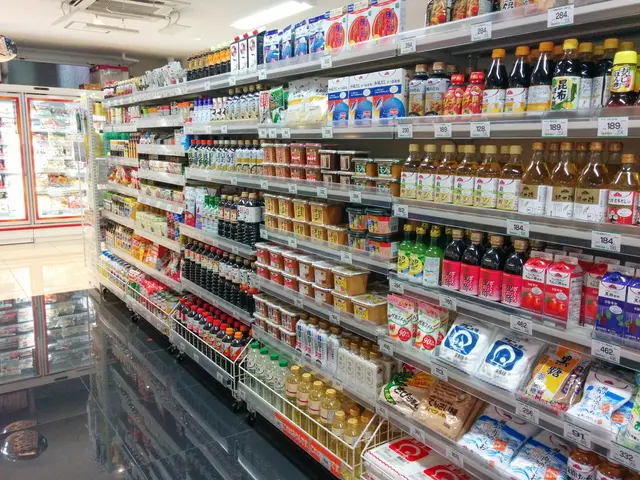Strategies for Economic Unification: Diving Deeper vs. Expanding Boundaries
The game of economic integration, a constantly evolving dance of nations, centers around aligning economic policies and harmonizing regulations between countries. The objective? Foster growth, create jobs, and enhance the overall welfare of member states. There are numerous paths to this end, each with its own set of advantages and challenges. Among these routes, deepening and widening integration take center stage as the most debated and hotly contested strategies.
Widening integration involves inviting more nations to the economic party, thereby forming larger economic blocks. This growth spurs more diversity in the integrated economies, encompassing a broader array of market opportunities, consumer bases, and labor pools. A shining example of this approach is the European Union (EU), with its successive enlargements materializing a broader, more inclusive continent-wide economic zone.
In contrast, deepening integration prioritizes strengthening the bonds among existing members. This strategy aims to boost economic ties by reducing non-tariff barriers, aligning economic policies, and potentially unifying fiscal and monetary policies. The adoption of the Euro by several European countries exemplifies an effort to deepen economic integration on their home turf.
The primary advantage of deepening economic integration lies in the potential for improved economic stability and resilience. Economies within a deeply integrated union benefit from shared fiscal policies and coordinated monetary policies, serving as a buffer against economic shocks and staving off financial crises. Additionally, deepening integration often leads to greater coordination in areas like labor standards, environmental regulations, and consumer protection, ensuring a level playing field for businesses.
However, deepening economic integration comes with its share of obstacles. It requires a considerable amount of political and economic commitment, often leading to the relinquishment of some national sovereignty. Furthermore, harmonizing regulations and policies across disparate economies is no walk in the park, frequently resulting in political friction and public resistance. The ongoing debates surrounding the Eurozone's reform and the EU's management of economic disparities among its members highlight the delicate balance required to deepen integration.
Widening integration, on the other hand, focuses on expanding the membership of an economic agreement. This strategy offers the advantage of creating larger markets, enjoying greater economies of scale, and reveling in more economic diversity. The EU's successive enlargements over the past few decades represent a prime example of widening integration, where countries like Spain, Portugal, and Eastern European nations have grown thanks to increased access to markets and development funds.
Widening integration, however, presents challenges as well. Incorporating new member states with varying levels of economic development and regulatory frameworks can complicate the integration process. Differences in economic structures, legal systems, and political climates can create discord and slow the integration process. Moreover, as the number of member states grows, reaching consensus on policies and regulations becomes an increasingly difficult task. The EU's experience with enlargement reveals the complexities involved in striking a delicate balance between inclusivity and effective, functional economic policies.
By examining case studies and theoretical frameworks, we can gain a richer understanding of how different forms of economic integration impact global trade, economic stability, and the welfare of participating nations. As the world continues to evolve, so too will the future of economic integration, with regional and sectoral approaches becoming the norm in a rapidly digitalizing, services-oriented global economy. Stay tuned as regional powerhouses like Asia-Pacific pursue deeper integration to secure their global competitiveness, all while navigating the ever-evolving challenges that come with these interconnected economies.
In the realm of deepening economic integration, the alignment of fiscal and monetary policies, as well as the reduction of non-tariff barriers, can lead to improved economic stability and resilience by serving as a buffer against financial crises and ensuring a level playing field for businesses. On the other hand, finance plays a crucial role in the widening integration strategy by opening access to larger markets and development funds, which can stimulate economic growth and provide diversified opportunities for member states.




